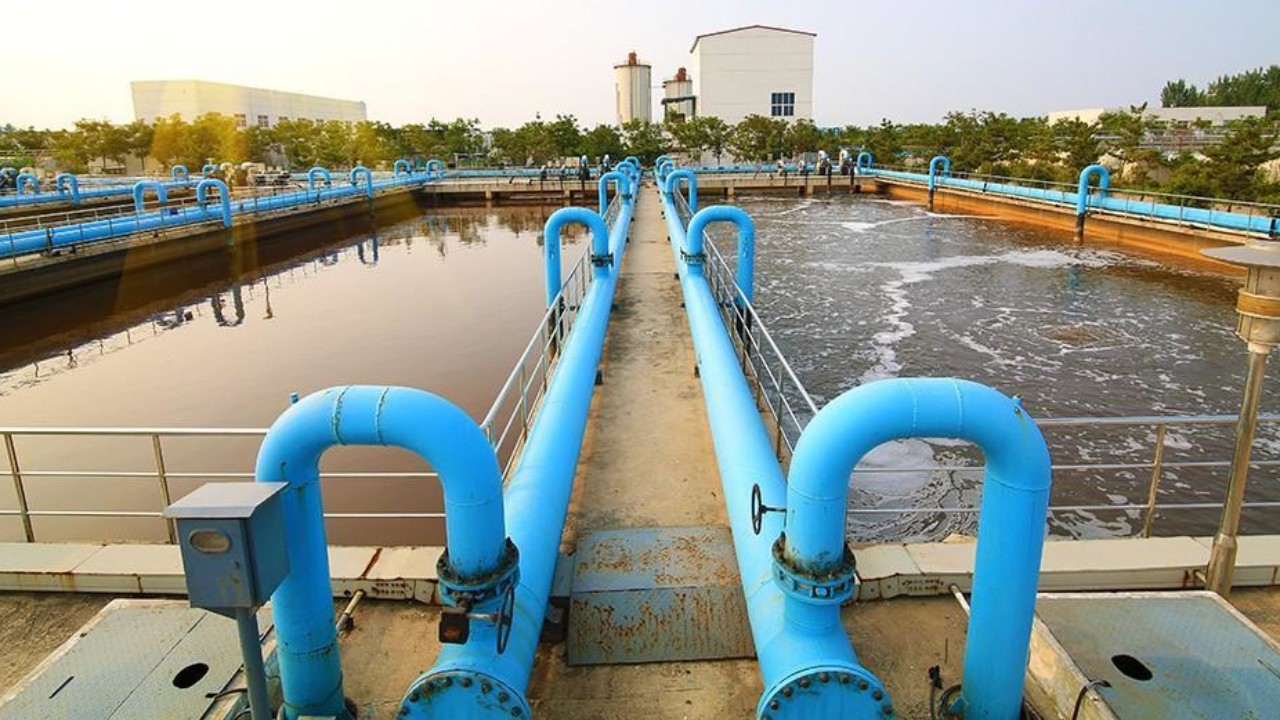
How do you determine which toughest industrial pH sensor best fits your needs? The sheer number of industrial combination pH sensors available might be bewildering. Before choosing an industrial pH sensor, it is vital to know your application and the conditions under which the sensor will be used. Based on this information, you may decide which functionalities are required. Here are some questions to consider:
What Is the Minimum Cable Length?
It is the area between your sensor and your device’s front end, which might be an analyser, controller, or transmitter. A pre-amplifier should be put between the sensor and the controller if the cable length exceeds 25 feet (8 metres). A pre-amplifier converts the high impedance mV signal from a pH or ORP sensor to a lower impedance signal capable of reaching 1,000 feet.
How Is the Industrial pH Sensor Going to Be Installed?
It is crucial to understand where you will place the sensor. The two most popular industrial pH sensor installation methods are in-line (flow cell/pipe tee) and submersed (tank or container). Your application’s pH sensor types and accessories may change depending on the installation technique. For example, If you require an in-line pH sensor, a flat ground design may be appropriate since the passage over the sensor acts as a self-cleaning mechanism, increasing the probe’s longevity.
Is It Necessary to Use Automatic Temperature Compensation (ATC)?
Temperature influences pH measurement. If your process application has a severe and variable temperature range, temperature adjustment is most likely necessary for your pH measurement. Consider the target pH accuracy, process temperature range, and pH measurement range when assessing if an automatic temperature compensation (ATC) is necessary.
How to Choose the Best Industrial pH Sensors
How do you know which toughest industrial pH sensor is best for your application? You need a sensor that will deliver the highest measurement accuracy while lasting the longest, but the variety of laboratory pH sensors available might be daunting. Consider the following characteristics:
Materials of the Body
The first step in identifying the best pH sensor for a given application is the body material.
Consider the following while selecting a body material:
- The temperature
- Chemicals in the solution
- Managing
Compatibility with Chemicals
When utilising polymer-bodied electrodes, carefully check the suitability of the sensor body component and the chemicals present in the samples. In general, polymer body probes are not used in liquids containing inorganic chemicals. A glass-bodied electrode must also be utilised if the sample solution contains extremely corrosive components. It is because glass is a reasonably inert material, which means it resists chemical processes that would deteriorate other things (like polymers).
In circumstances where the sensor will be operated with a heavy hand or experience any impact, the optimum industrial pH sensor will have a polymer body, as polymer bodies can take more stress than glass and prevent shattering.
Connector
Last but not least, make sure the pH sensor’s connector complements the pH metre. The most typical pH sensor connector is a BNC connection. However, there are other choices. Also, if your pH sensor incorporates a temperature sensor, ensure that the temperature element’s connection is suitable for the pH metre you want to use.
Electrodes That Are Sealed or Refillable
Sealed pH sensors need less maintenance and are less expensive. Sealed designs holding gel reference solutions, on the other hand, may eventually degrade or get contaminated and must be changed. Refillable pH sensors contain a resealable hole towards the top of the body that allows users to refill the inner liquid solutions when they run out. It increases the sensor’s lifetime and guarantees that measurements remain accurate throughout.
Some refilling lab pH sensors will additionally include a flushable connection designed to respond quickly and precisely to temperature changes. Research grade pH sensors are refillable lab pH sensors with a flushable junction.
Single or Double Junction
If your application includes assessing materials that may include cyanides, heavy metals, iodides, proteins, sulphides, or any other substance that may react with silver or chloride ions, a double junction electrode will provide further protection against reference fouling. It extends the sensor’s operational life. Single-junction electrodes can be used in more general applications.
Temperature
Polymer body sensors, such as epoxy and plastic, may generally be employed in low to medium temperature applications. Glass is a superior choice at higher temperatures (over 100°C).
Temperature Modification
Temperature affects the pH scale. Temperature and pH may introduce an error factor. If you want precise pH measurement in high-temperature environments, the best pH sensor for you will have temperature integration. For this purpose, laboratory pH sensors with integrated temperature sensors are frequently available. When choosing an ATC probe, you must also evaluate if your pH metre will take a temperature element and whether the temperature element from the pH sensor matches that of the metre.
Conclusion
Although being a primary instrument, industrial pH sensors may have a significant influence on both process efficiency and the ultimate quality of the end product being treated or manufactured. With advancements in sensor diagnostics and analyser technology, it is becoming simpler to ensure that today’s sensors provide the best performance when and where it counts the most.

